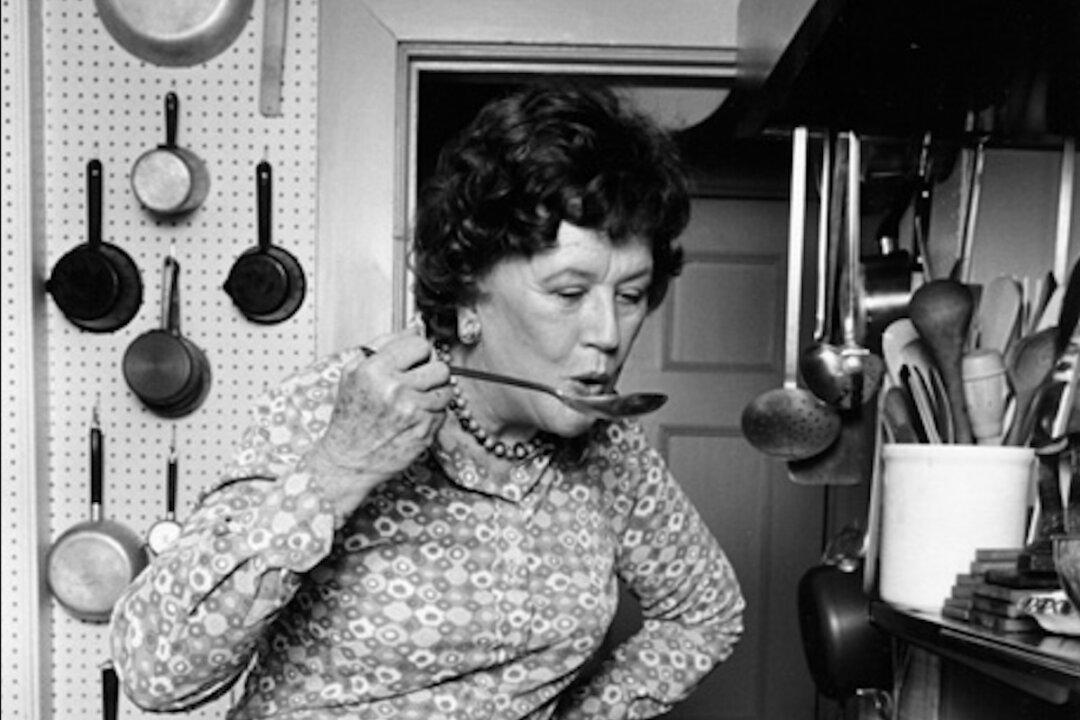One Friday afternoon in December 2013, estate sales specialist Robin Psota got tipped off about a trove of collectibles in a house just north of the Los Angeles International Airport. She fought her way through traffic, donned gloves, and sifted through a pile of debris in an upstairs room. “I’d never seen such a hoarder house,” Psota recalls. “I pull out this chair, and I knew right away it was Sam Maloof. I didn’t even have to look at the stamp.” Understanding the value of even a humble armchair made by the 20th-century master woodworker and furniture designer, she challenged the estate executor, “give me a crazy price.” When he demanded $600, she didn’t quibble.
Psota took the chair to Katie Nartonis, then the specialist for 20th-century decorative arts at the Bonhams auction house. Nartonis determined that not only had Maloof created this tiger-maple prototype in 1984, but also that he and his wife Alfreda used it in their home, imbuing the piece with significant provenance. After another $300 for a light touch-up, Psota put the chair for auction at a Bonhams sale in April 2014. “I watched the phone bank light up, the people in the audience raising their cards. When it hit ten grand, I thought ‘Oh, my God!’ And it kept going.” At an astonishing $18,000, the hammer price was “one of the largest scores I’ve ever had.”





